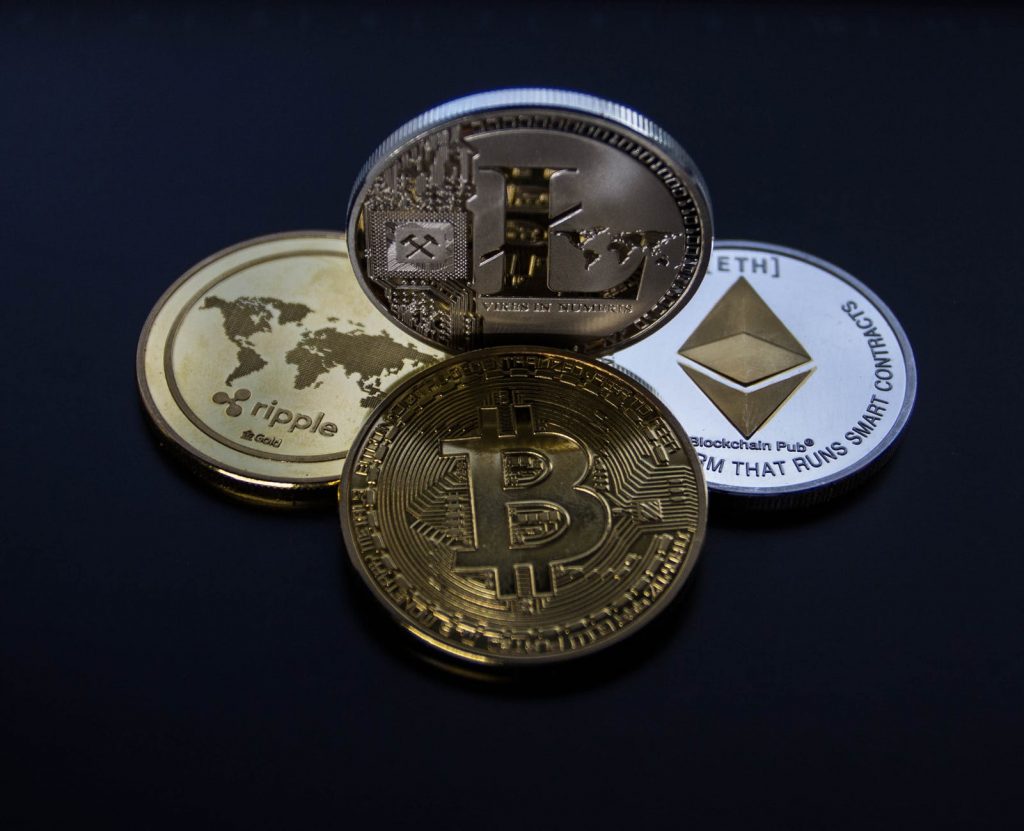5 Most Efficient Ways to Secure Your Cryptocurrency
Many wallets and apps enable the consumer to provide additional authentication, such as a password or an iris, facial, or thumbprint scan, in order to access them. Take advantage of either of these choices if they are accessible in your pocket. Furthermore, the wallet must be backed up either with the backup features installed into those apps and wallets and even manually with the details that the wallet uses. When backing up, it’s a brilliant idea to back up the whole wallet since specific wallets need extra private details to function that might not be obvious. Regardless of the backup system you are using it. It is essential to back up regularly and provide several backups at various locations. Like sensitive files, the 3-2-1 support technique means that you have a decent backup copy, whether one or two versions of the data go wrong. Do visit this website yuan pay group and join the community of Bitcoin Fast Profit to start your bitcoin trading journey where you can quickly earn significant profits.
- To Use A Backup Program to Do Automatic Backups
If you use wallet software on your device, such as Bitcoin Core, it will save your keys, as well as other stuff, in a register. The file is wallet.dat in Bitcoin Core. Other currencies may have some or a dissimilar file name, and some will allow you to name the wallet file. To back up the wallet.dat or even another wallet disk, you will need to instruct the backup software to do so directly. Backblaze Backup users do not need to think about configuring this because Backblaze Backup automatically backs up all data information. You can decide where your specific cryptocurrency, wallet, or application holds your keys and ensure that the correct file(s) are backed up if your backup software allows you to choose which data to backup.
2. Transferring Keys to a File for Backup
Apps and wallets enable you to export your keys to a register. When exporting, the keys can be saved in the cloud or with some cloud storage or syncing program you want on the local disk, the USB thumb drive, the directly connected storage device, the networked storage facility. It is highly advised to encrypt the file—more on that later. You may also store your keys there if you use 1Password, LastPass, or another protected note app.
3. Saving A Mnemonic Recovery Seed as A Backup
A mnemonic term, also known as a mnemonic recovery phrase or mnemonic seed, is a collection of words that contains all of the details used to retrieve a cryptocurrency wallet. Many wallets would enable you to create a helpful backup expression that you can write down on paper. Suppose the user’s machine no longer operates or their hard drive gets compromised. In that case, they will reinstall the wallet program and retrieve their keys using the mnemonic recovery expression. Since the term may be used by someone to retrieve the keys, it must be held safe. Mnemonic phrases are ideal for backing up and saving bitcoin, and nearly all wallets utilize them.
4. Physical Backups (Paper and Metal)
Any cryptocurrency holders claim that their backup, or even all of their cryptocurrency account files, should be kept completely separate from the internet to prevent the possibility of their data becoming hacked by breaches, vulnerabilities, or leaks. This is referred to as “cold storage.” One type of cold storage entails copying the keys on paper and afterward erasing all records of the keys from all operating devices. Where necessary, the keys may be typed into a program again from paper or scanned through a QR code written on the paper.
Some people advocate splitting the mnemonic used to enter an account into separate pieces of paper and placing those pieces in various places in the home or workplace, or sometimes in different geographical locations. Some argue that this is a poor move since the mnemonic may be reconstructed from one or more parts. It is entirely up to you how vigilant you want to be in protecting these protocols.
5. Keep the Most Recent Version of The Software
You can still use the most recent update of your smartphone or wallet program, which provides critical reliability and protection patches. Installing updates for all of the other apps on your machine or mobile device is essential for keeping your wallet environment safe.




